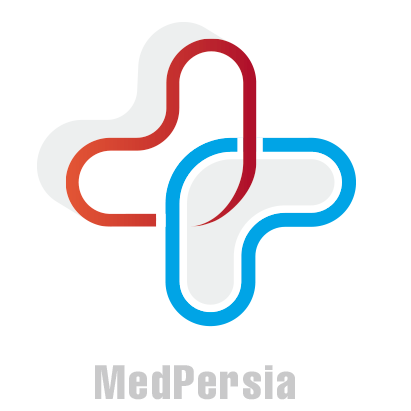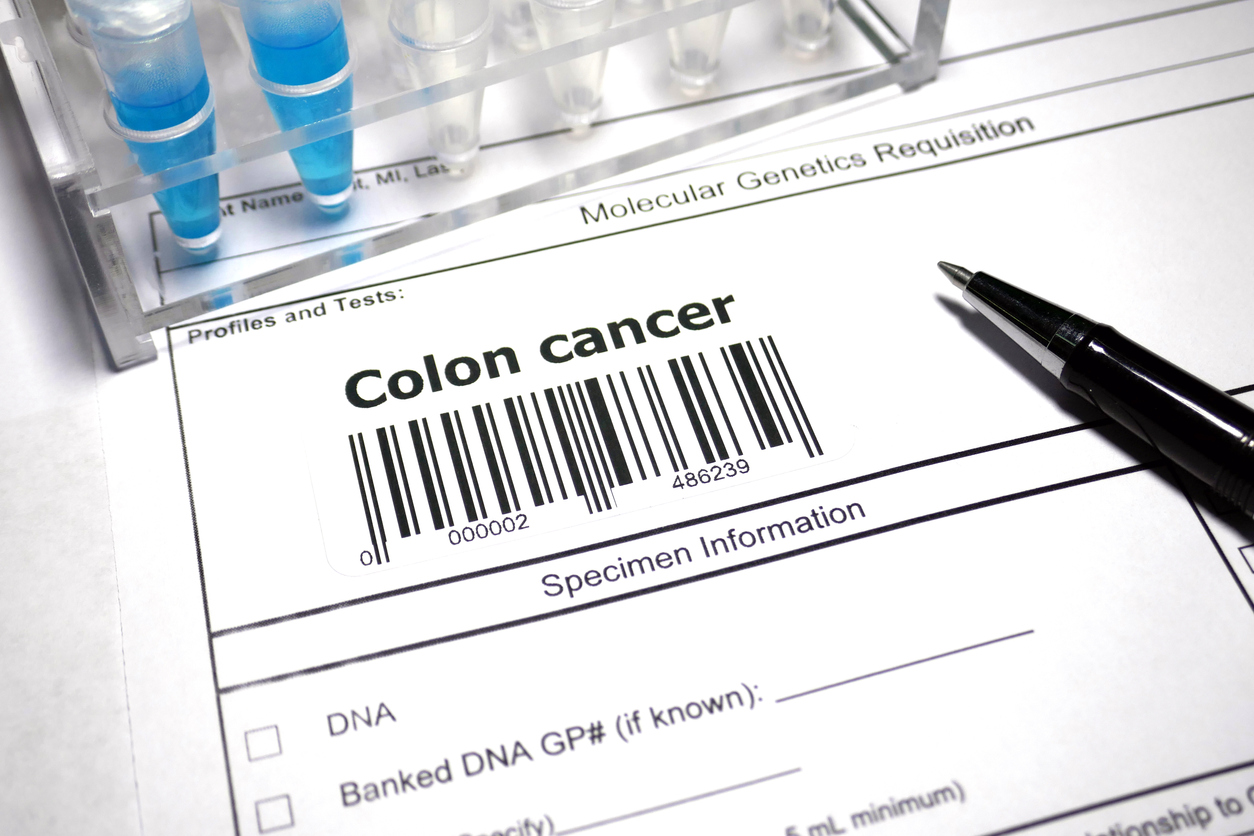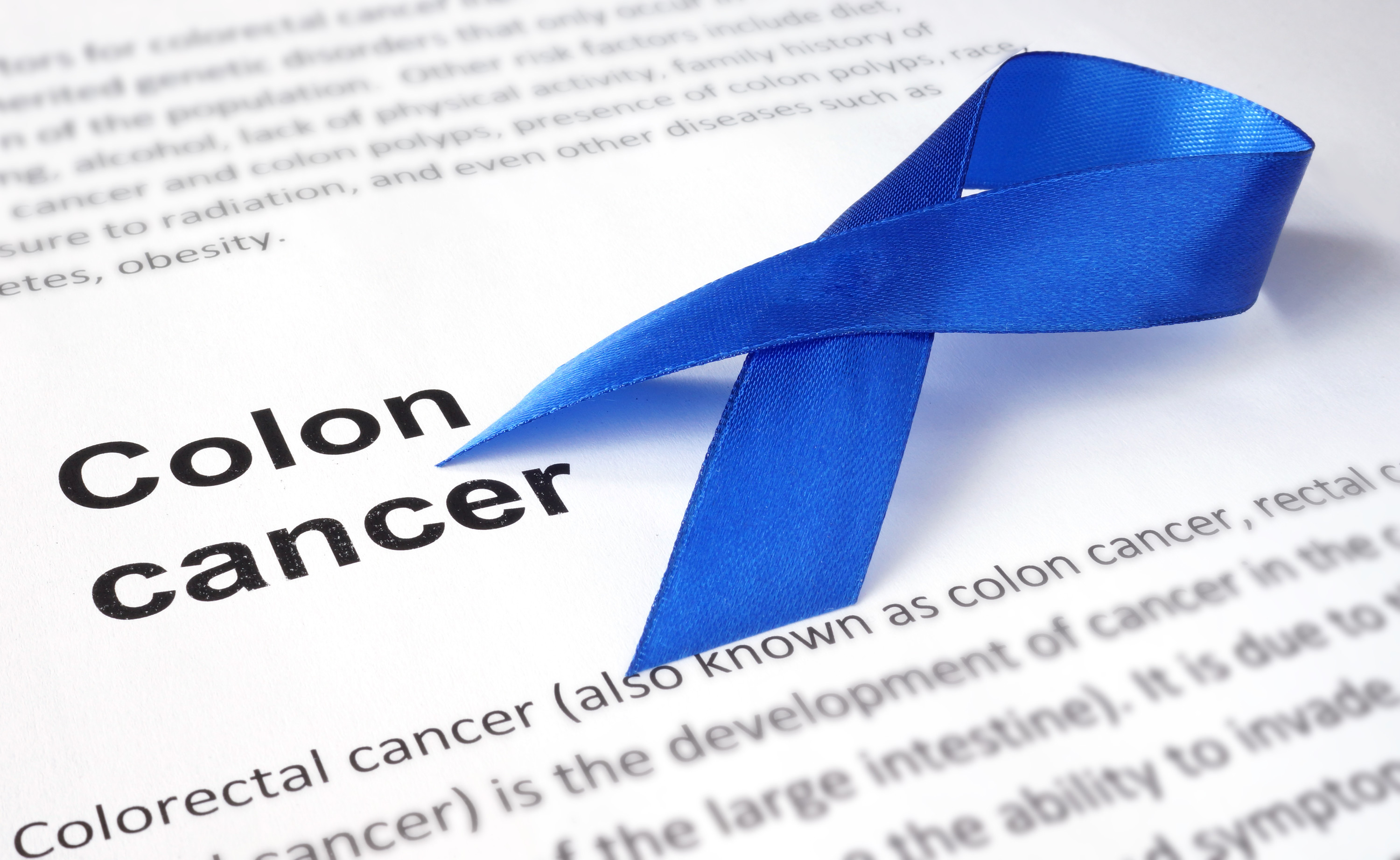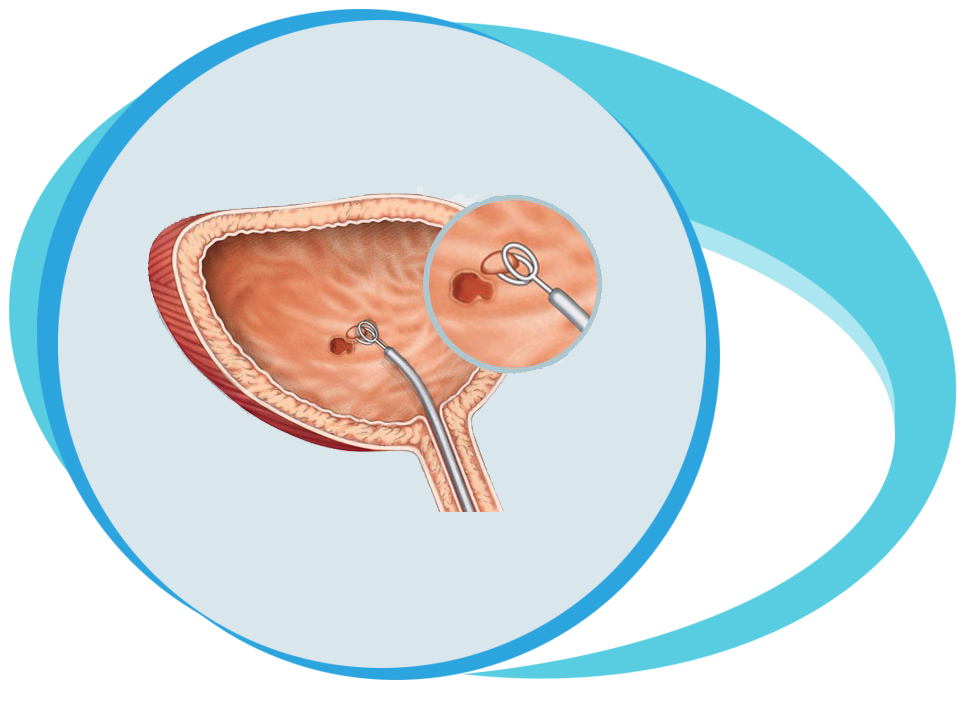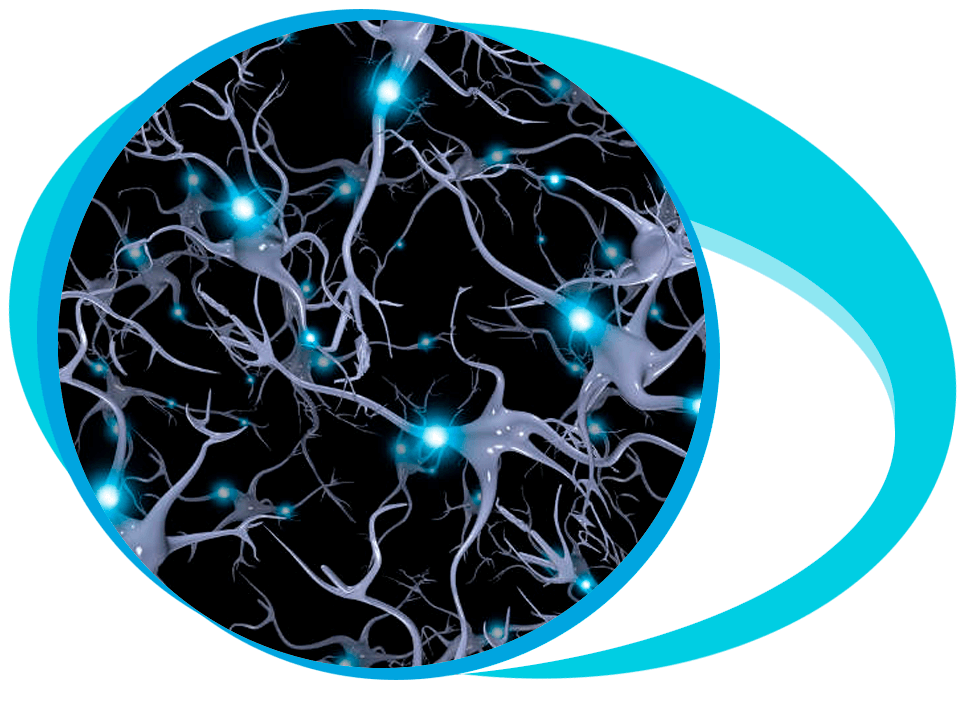Colon Cancer Treatment in Iran Details
What is Colon Cancer?
Colon cancer, also known as bowel cancer or colorectal cancer or cancer of the bowel, is the cancer of large intestine (lower part of the digestive system).
Majority of colon cancer cases start as small and non-cancerous clumps of the cells known as adenomatous.
After a certain period, these polyps become colon cancers.
Types of Colon Cancer
Adenocarcinoma is considered as the most common type of colon cancer.
This type of colon cancer begins in the inner layer that spreads deep into the other layers.
Adenocarcinoma can be further categorized into two subtypes that include the followings:
- Signet Ring Cell Adenocarcinoma
- Mucinous Adenocarcinoma
Other Types of Colon Cancer
Gastrointestinal Stromal Tumors
This is considered as a rare type of colon cancer that begins in a cell found in the gastrointestinal tract lining known as interstitial cells of Cajal (ICCs).
These types of tumors are classified as sarcomas that include cartilage, fat, bones, blood vessels, deep skin tissues, muscle, and nerves.
Squamous Cell Carcinomas
Certain portions of the gastrointestinal tract such as the end of the anus and the upper part of the esophagus are lined with squamous cells.
Squamous cell carcinomas are those cancers that begin in these cells.
Leiomyosarcomas
This type of cancer typically means- cancer of smooth muscle.
This is considered as a rare type that accounts for only 0.1% of all colon cancer cases.
Gastrointestinal Carcinoid Tumors
This type of colon cancer is considered a slow-growing cancer that develops in the neuroendocrine cell in the GI tract lining.
Melanomas
This type is primarily related to the skin but can also happen anywhere that include rectum or colon.
Primary Colorectal Lymphomas
The cancers that grow in the lymphatic system of cells (lymphocytes) are known as lymphomas.
Primary colorectal lymphomas develop in the later stages of life and are more commonly seen in men as compared to women.
Causes of Colon Cancer
The uncontrollable growth of cells that do not die causes cancer.
There is a normal cycle of growth, division, and death in case of normal cells, but colon cancer does not experience this type of normal cycle and continues to grow and divide.
There are no such known causes of colon cancer.
Symptoms of Colon Cancer
The early symptoms of colon cancer include the followings:
- Unexplained weight loss
- Bleeding from the rectum or blood in the stools
- Abdominal pain
- Change in normal bowel habits that continue for more than three weeks including the passing of stools more frequently, diarrhea or constipation
Sometimes bleeding happens when the colon cancer progresses.
Gradually, there will be not enough red blood cells in the body that is called anemia.
Following are some of the symptoms of anemia:
- Breathlessness
- Fatigue
Also, obstruction is caused by the colon cancer that includes the following symptoms:
- Vomiting
- A feeling of bloating, especially near the belly button
- Constipation
- Abdominal pain
Stages of Colon Cancer
Stage 1: In the first stage, cancer has not spread further than the original tumor.
Stage 2: The second stage is marked by the growth of tumors through the bowel wall that is close to the tissues.
However, this growth has not spread to any part of the body.
Stage 3: In the third stage, there are tumor cells close to the lymph nodes.
Stage 4: The last stage is marked by the spread of the tumor to other parts of the body.
Diagnosis of Colon Cancer
Several tests are performed for diagnosing colon cancer that includes the followings:
- Carcinoembryonic Antigen (CEA) Assay: CEA levels in the blood are measured in this test.
The normal, as well as cancer cells, release CEA in the bloodstream.
When this CEA is found in large amounts, then it indicates colon cancer. - Proctoscopy: A proctoscope (a thin and tube-like instrument having light and lens for viewing) is inserted into the rectum in this rectum test.
Sometimes removal of the tissue is also done by using a tool to check the presence of a disease by examining under a microscope. - Physical Examination and History: This is done for examining the general signs of health and for seeing any indications of disease that may include lumps.
Proper evaluation of the history of a patient is done that include past illnesses and treatments taken. - Colonoscopy: This test is performed for viewing the colon and rectum from within to see the presence of cancer, polyps, or abnormal areas.
- Digital Rectal Exam (DRE): This is considered as a test of the rectum.
The insertion of the gloved and lubricated finger is done into the lower part of the rectum for viewing the presence of lumps.
The vagina is examined in the case of women. - Biopsy: The signs of cancer are checked by removing tissues or cells that are then examined under a microscope.
The removal of tissue at the time of biopsy helps check the gene mutation in a patient that is responsible for causing HNPCC.
The other two tests include the followings:
- Immunohistochemistry Study: Certain antigens are checked by using some substances such as radioisotope, dye, or an antibody, and they are then added to a tissue sample.
- Reverse-Transcription Polymerase Chain Reaction (RT-PCR) Test: Function of genes or the changes in the structure in a tissue sample are examined by using certain types of chemicals.
Certain other tests are also required for finding the cancer cells that have spread inside the rectum and colon or possibly to other body parts that include the followings:
- Carcinoembryonic Antigen (CEA) Assay
- Chest x-ray
- Positron Emission Tomography Scan (PET)
- CT scan
- Endoscopic Ultrasound (EUS)
- Magnetic Resonance Imaging (MRI)
Treatment of Colon Cancer
There are six treatment options for colon cancer that include the followings:
Targeted Therapy
The targeted therapy uses certain substances and drugs to target cancer cells without causing any harm to nearby normal cells.
The two types of targeted therapy include the followings:
- Angiogenesis Inhibitors: This helps in stopping the growth of new blood vessels which tumors need to grow.
- Monoclonal Antibodies: These antibodies are prepared in the laboratory with the help of a single type of immune system.
Certain substances can be identified by these antibodies that are on the cancer cells, or it also identifies certain normal substances that are helping in the growth of cancer cells.
These antibodies then attach themselves with the substances for destroying cancer cells and prevent them from spreading.
Chemotherapy
Certain types of drugs are used for stopping the growth of cancer cells or for destroying the cancer cells.
The injection of these drugs is done into a vein from where they enter the bloodstream, and they then travel through the entire body.
Radiation Therapy
High-energy beams are used for destroying cancer cells. Internal radiation and external radiation are the two types of radiation therapy.
A radioactive substance that is sealed in catheters, needles wires or seeds is placed close to cancer in the case of internal radiation.
On the other hand, linear accelerators outside the body are used for sending radiation to cancer in the case of external radiation.
The type of radiation depends on the stage and type of cancer.
Surgery
The surgical procedure involves the removal of the diseased segment with enough margins, surrounding lymph nodes, and tissue.
Following are some of the types of surgeries performed, including:
- Pelvic Exenteration: The removal of lower rectum, bladder, and colon are done when cancer has spread to different organs nearby the rectum.
In the case of women, nearby lymph nodes, vagina, ovaries, and cervix are removed.
The prostate is removed in the case of men.
For flowing the urine and stool out of the body, artificial openings are made to collect them in a bag. - Polypectomy: During a colonoscopy, a polyp is removed if the cancer is found inside a polyp.
- Resection: The removal of nearby healthy tissue and a section of the rectum having cancer is done when cancer has spread to the wall of the rectum.
- Local Excision: A small amount of nearby healthy tissue and the cancer is removed when cancer has spread to the inside surface of the rectum and has not spread into the rectum wall.
Sometimes chemotherapy or radiation therapy is provided after surgery to shrink the tumor.
This makes the removal of the tumor easy while simultaneously lessening the problems associated with bowel control after surgery.
Neoadjuvant therapy is the name given to the treatment that is given before the surgery.

